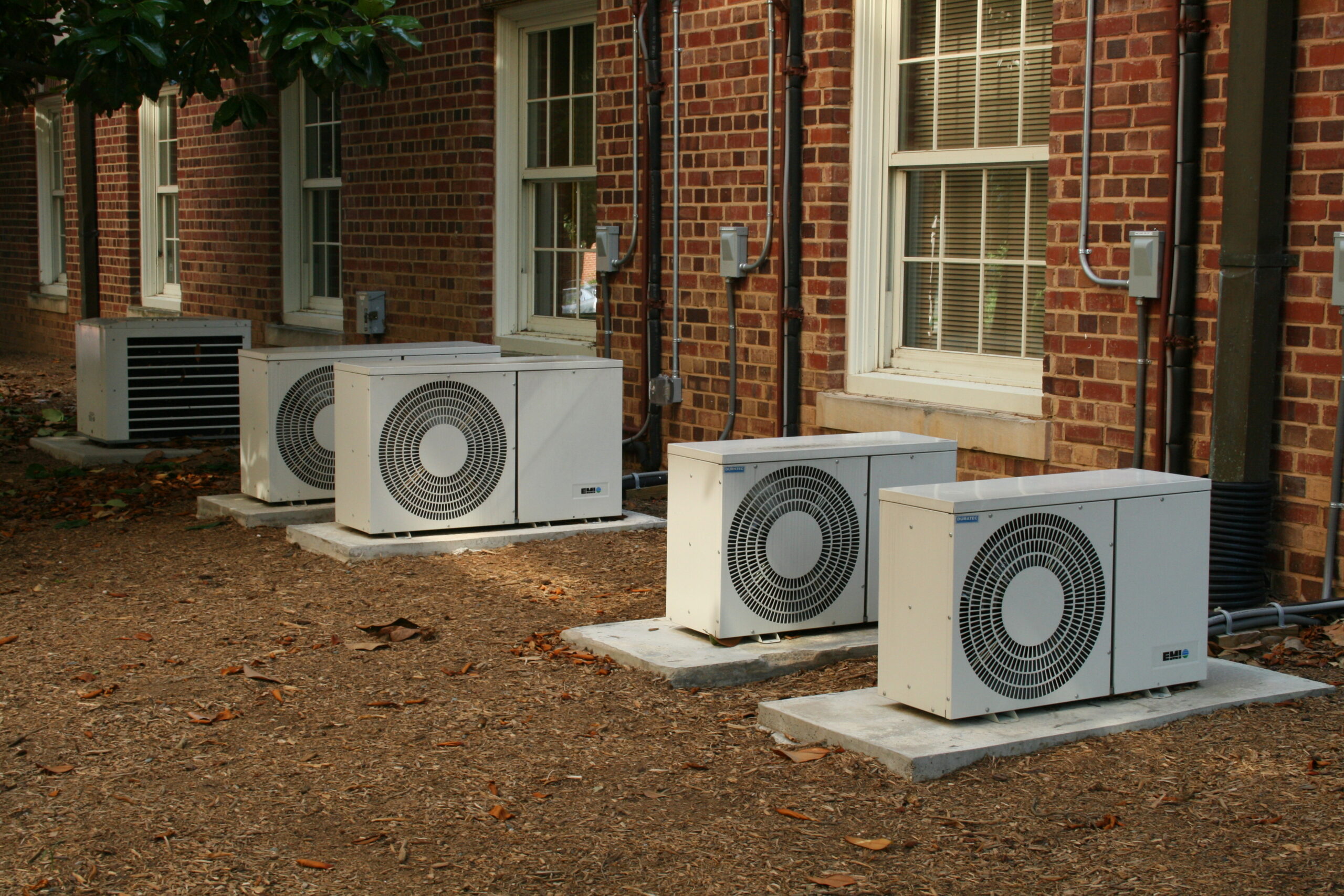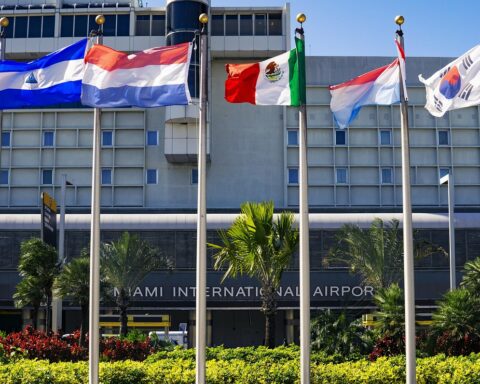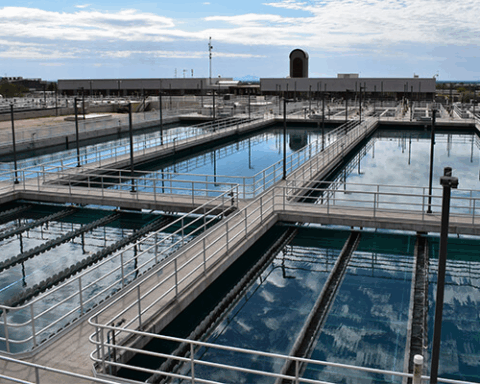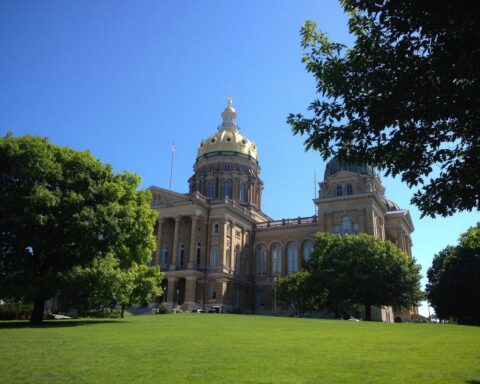The U.S. Department of Energy is granting over $240 million in funding for 19 state and local governments to adopt and implement new energy-saving building codes. The initiative aims to improve energy efficiency, save consumers money, and reduce the impacts of climate change across the United States.
“State and local governments are taking on advanced, proven solutions that will help save energy bills while making their communities more resilient in the face of climate change,” said U.S. Secretary of Energy Jennifer Granholm, in a press release.
The program seeks to address the need for more sustainable infrastructure and the rising costs of living burdening many Americans. As climate change continues to intensify weather extremes, Americans rely more heavily on air conditioning during the summer and heat during the winter. At the same time, that increased need can drive up demand for energy, which can in turn make climate change worse depending on the power source. In an effort to break the cycle, these improvements are intended to make buildings more resilient to extreme weather events while simultaneously lowering the amount of energy residents and businesses need to consume.
The grants are funded through the 2022 Inflation Reduction Act and administered by the Department of Energy’s Office of State and Community Energy Programs. This initiative is part of that office’s broader suite of programs for energy efficiency, including additional funding from the Bipartisan Infrastructure Law, aimed at advancing improved building energy codes across the country and offering assistance for energy-saving projects.
The most substantial grant, totaling $20 million, is being awarded to Colorado. The state plans to create a program that will help owners of older or less efficient buildings across the state. This program will offer guidance and support, focusing on the needs of poorer communities as they work to meet the state’s new energy efficiency rules for buildings.
Massachusetts is receiving $19.9 million. In collaboration with the cities of Boston and Cambridge, the state will support the implementation of building performance standards through direct technical support and helping develop existing building trades programs in historically underserved communities. They also plan to create a Building Performance Exchange hub to broaden energy efficiency best practices throughout the state.
In Ohio, $10 million will go to creating a regional team including experts from Cincinatti, Cleveland, Columbus, and Dayton to develop and adopt a building performance standard and create the Ohio High Performance Buildings Hub – a “one-stop shop” connecting building owners to financing solutions and incentives along with support, education, and training needed to meet new performance targets.
Other notable projects include Philadelphia’s $19.8 million grant to design and implement a building performance standard, New York City’s $19.9 million to support implementation of its existing building performance standard, and Hawaii’s $18.1 million to develop a new standard. Smaller cities like Milwaukee, Wisconsin, and Chula Vista, California, also received significant funding for their approaches to building efficiency. A full breakdown of selections is available through the DOE’s website.
Looking ahead, the Department of Energy has announced that applications for the second round of competitive funding under the IRA will close on September 13, 2024. The department encourages all states and localities with the authority to adopt codes to consider applying.
“DOE is helping jurisdictions move further and faster in implementing stronger codes that will provide Americans safer, healthier, and more comfortable places to live, work, and play,” Granholm said.
Ildar Sagdejev (Specious), CC BY-SA 4.0 https://creativecommons.org/licenses/by-sa/4.0, via Wikimedia Commons













